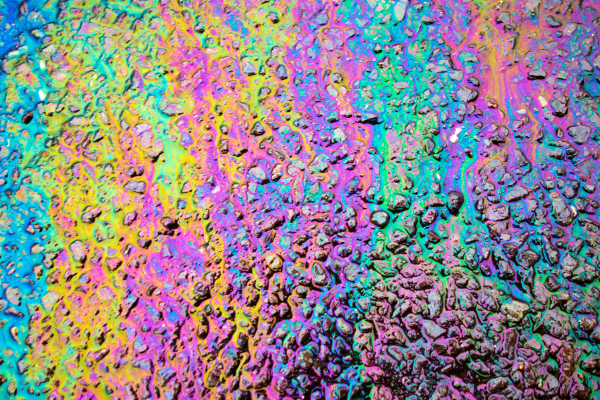Enjoy this guest blog by Andrew Bailey, REM, CSRP, President of ECA Risk Management.
Our industry has long been aware that environmental risk can have a substantial impact on determining the appraised values of real estate. It’s essential for banks, investors, property owners, and, yes, regulators, to understand these impacts. But let me tell you a funny story about how environmental risk once threw me for a loop.
The Mystery of the Putrid Land
One bright Monday morning, I got a call from an agitated Mr. Jenkins, who claimed his property value had plummeted because of a “mysterious odor.” Now, I’ve encountered plenty of odd claims in my career, but this one took the cake—or should I say, the compost?
Soil, Groundwater, and Vapor Contamination
After a bit of investigation, I discovered the culprit: contamination. Soil, groundwater, and vapor contamination can turn a once-promising piece of real estate into an olfactory horror show. Mr. Jenkins’ property was facing liability risks, costly regulatory requirements, diminished marketability, and reputational risk for any lender brave enough to get involved.
I had to break it to Mr. Jenkins gently: “It’s not a mystery odor, sir. It’s Methyl Ethyl Death, an environmental contaminant. We need to work with an environmental professional to get a clear, accurate appraisal of your property—no air fresheners required.”
The Great Miscalculation Debacle
One day, young Timmy, my eager but inexperienced assistant, made a monumental blunder. He miscalculated the value of a piece of land sitting atop what used to be an old tire dump. His appraisal put the value at “pristine beachfront,” but reality was more “industrial wasteland.”
This mistake had the lenders outraged. They were facing potential liabilities for environmental cleanups that could far exceed the appraised value of their collateral. Even if they were exempt from liability, selling or managing such a property was a nightmare. I had to remind Timmy, “A small error in appraising contaminated land can lead to a financial horror story.”
The Borrower’s Quagmire
Then there was poor Mrs. Lutz, who couldn’t repay her loan because her property turned out to be a former gas station with leaking underground storage tanks (LUSTs). Remediation costs, compliance with environmental laws, and third-party liabilities drained her finances faster than you can say “LUST.”
She looked at me with wide eyes and asked, “So, how am I supposed to pay for all this?” I sympathetically explained that contamination can drastically affect cash flow which impacts the ability to repay loans, and overall financial health.
Investors’ Quest for the Holy Grail of Safe Returns
Financial institutions are constantly pressured by investors to find safer investments that offer returns supporting the risks involved. During economic downturns, there’s a flight to safety—investors want solid, stable properties, not ones that come with a side of contamination. Juggling these demands is like performing a tightrope act over a pit of radioactive waste.
The Grand Plan: Implementing Risk Management Procedures
So, how do we navigate this treacherous terrain? By developing and integrating risk management procedures into our lending practices. Environmental risk management should be as integral to the appraisal process as knowing the difference between “beachfront property” and “former landfill.”
Understanding environmental risk and its impacts is critical for appraisers to make informed valuations. For accurate and reliable property appraisals, it is essential to establish an environmental risk management program. This way, we can ensure that all potential environmental factors are considered, and our appraisals won’t become the punchline of a very expensive joke.
So, next time you come across a property with a mysterious smell or a colorful history, remember it’s probably just an environmental issue in disguise. And always, always partner with environmental professionals—unless you want your appraisal career to become a comedy of errors.

